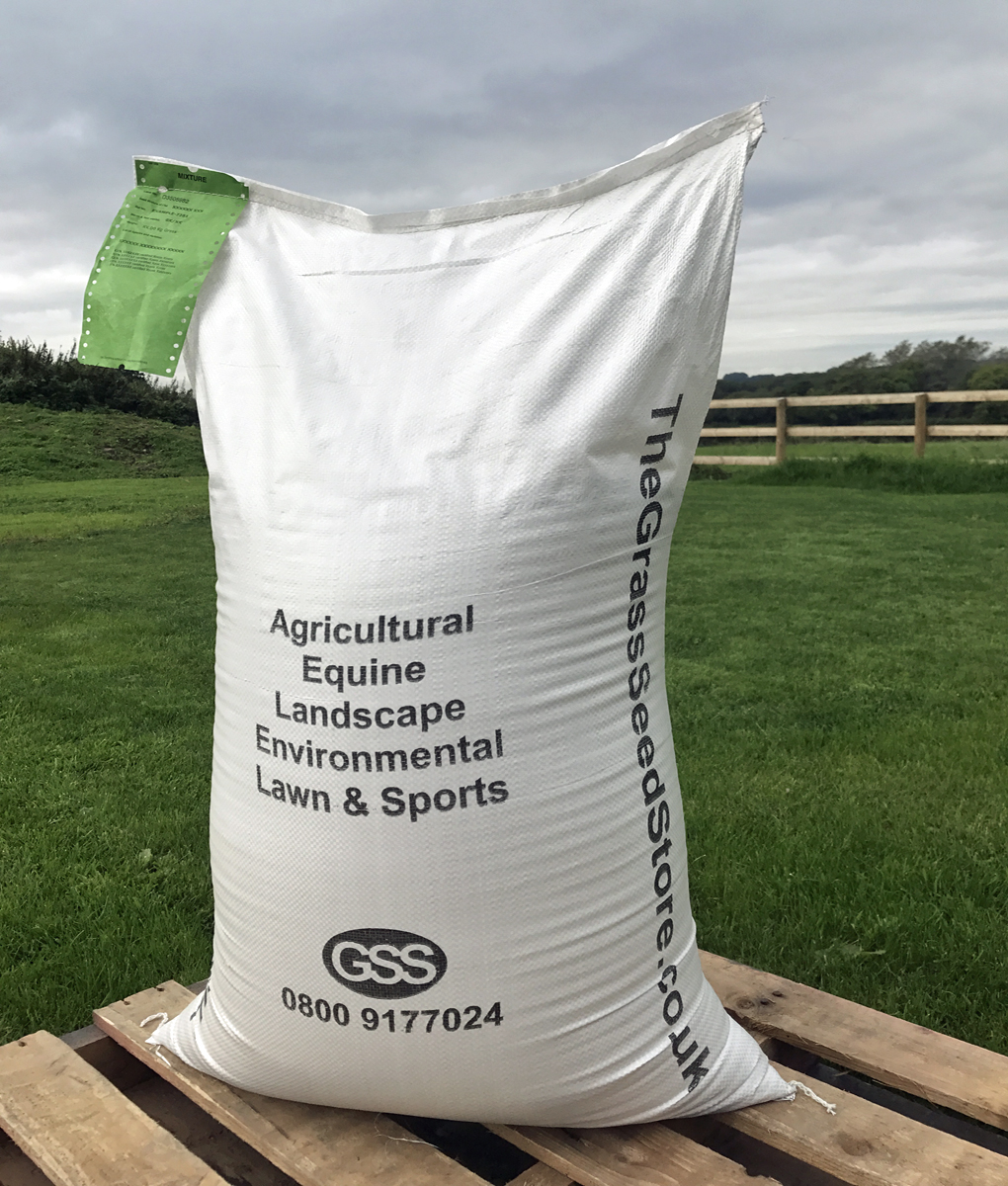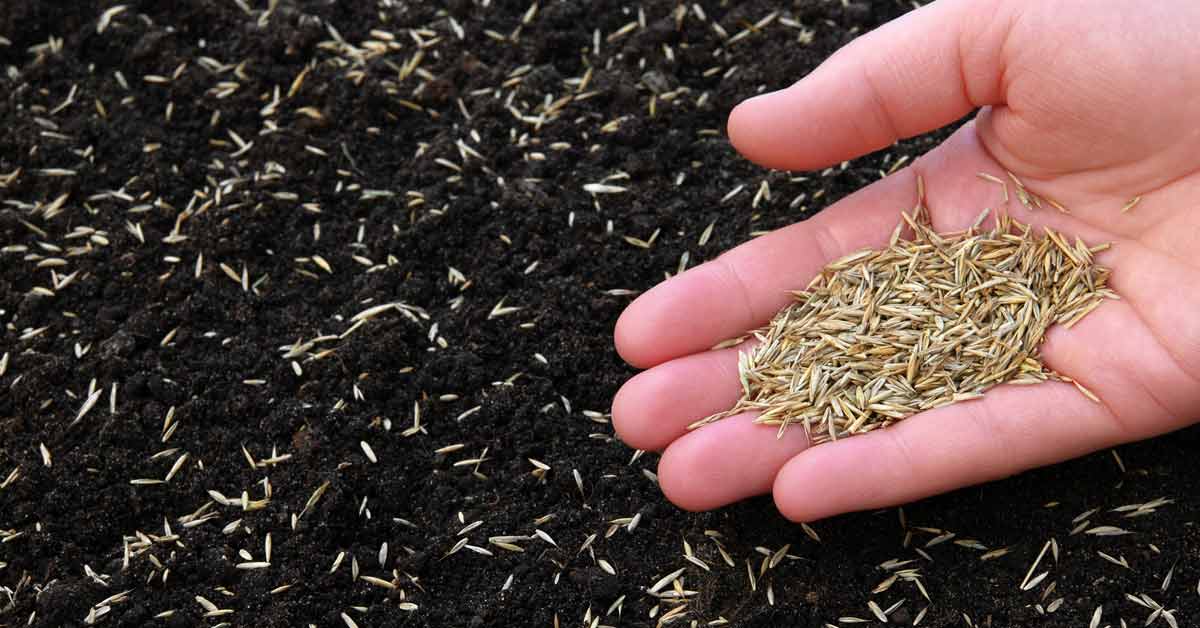The Ultimate Guide To Choosing The Right Lawn Seed
The Ultimate Guide to Choosing the Right Lawn Seed
A beautiful, healthy lawn is the dream of many homeowners. But with so many different types of grass seed on the market, it can be tough to know which one is right for you.
In this guide, we'll walk you through the process of choosing the right lawn seed for your needs. We'll cover everything from climate to traffic to shade tolerance, so you can be sure to find the perfect seed for your lawn.
So, let's get started!
1. What to Consider When Choosing Lawn Seed
There are a few key factors to consider when choosing lawn seed. These include:
- Climate: The type of grass seed you choose will depend on your climate. Cool-season grasses are best for areas with cold winters, while warm-season grasses are better suited for hot, humid climates.
- Sun exposure: How much sun does your lawn get? If you have a sunny lawn, you'll need to choose a grass seed that can tolerate full sun. If your lawn is mostly shaded, you'll need a shade-tolerant grass seed.
- Traffic: How much foot traffic will your lawn see? If you have a high-traffic lawn, you'll need a grass seed that is durable and can withstand wear and tear.
- Soil type: The type of soil you have will also affect the type of grass seed you choose. Some grass seeds prefer sandy soil, while others prefer clay soil.
- Maintenance: How much time do you have to maintain your lawn? Some grass seeds require more mowing and watering than others.
Once you've considered these factors, you'll be able to narrow down your choices and find the perfect lawn seed for your needs.
2. Types of Lawn Seed
There are two main types of lawn seed: cool-season grasses and warm-season grasses.
Cool-season grasses are best suited for areas with cold winters. They typically go dormant in the summer, but they will green up again in the fall. Some popular cool-season grasses include Kentucky bluegrass, tall fescue, and perennial ryegrass.
Warm-season grasses are best suited for areas with hot, humid summers. They typically stay green year-round, but they may need to be watered more often during the summer. Some popular warm-season grasses include Bermudagrass, zoysiagrass, and St. Augustinegrass.
3. Choosing the Right Lawn Seed Mixture
Most lawn seed mixtures contain a blend of different grass seeds. This is done to create a lawn that is more durable and resistant to pests and diseases.
When choosing a lawn seed mixture, it's important to consider the factors listed above, as well as the following:
- Variety: The mixture should contain a variety of grass seeds, so that your lawn is not susceptible to a single pest or disease.
- Shade tolerance: If your lawn gets a lot of shade, you'll need a mixture that includes shade-tolerant grass seeds.
- Maintenance: The mixture should be low-maintenance, so that you don't have to spend a lot of time mowing and watering your lawn.
4. How to Plant Lawn Seed
Once you've chosen the right lawn seed, it's time to plant it. Here are the steps involved:
- Prepare the soil. The soil should be loose and free of weeds.
- Rake the soil smooth.
- Spread the lawn seed evenly.
- Cover the lawn seed with a thin layer of soil.
- Water the lawn seed thoroughly.
It's important to water the lawn seed regularly, especially during the first few weeks after planting. You should also avoid walking on the lawn until the grass has had a chance to establish itself.
5. Caring for Your New Lawn
Once your new lawn has established itself, you'll need to care for it properly. This includes:
- Mowing the lawn regularly.
- Watering the lawn regularly.
- Fertilizing the lawn regularly.
- Treating for pests and diseases.
With proper care, your new lawn will be beautiful and healthy for years to come.
Are you looking for the perfect lawn seed for your home? If so, you've come to the right place! Garden Wiki is a leading online retailer of lawn seed, and they have a wide variety of products to choose from. Whether you're looking for a blend of cool-season or warm-season grasses, they have something for you.
In addition to their wide selection of lawn seed, Garden Wiki also offers a wealth of information about lawn care. Their blog is full of helpful articles on topics such as how to choose the right lawn seed, how to prepare your soil, and how to water and fertilize your lawn.
So if you're serious about getting a beautiful lawn, be sure to visit Garden Wiki today. They'll have everything you need to get started!
FAQ of lawn seed
Q: What is the best time to plant lawn seed?
A: The best time to plant lawn seed depends on your climate. In general, it is best to plant lawn seed in the spring or fall, when the weather is cool and moist. This will give the seeds the best chance to germinate and grow.
Q: What type of lawn seed should I use?
A: The type of lawn seed you use will depend on your climate, soil type, and desired use of the lawn. If you live in a hot, dry climate, you will need to choose a drought-tolerant grass seed. If you have clay soil, you will need to choose a grass seed that is tolerant of clay. And if you want a lawn that is tolerant of foot traffic, you will need to choose a grass seed that is known for its toughness.
Q: How much lawn seed do I need?
A: The amount of lawn seed you need will depend on the size of the area you are seeding. In general, you will need about 2 pounds of lawn seed per 1,000 square feet.
Q: How do I plant lawn seed?
A: To plant lawn seed, you will need to prepare the soil, sow the seed, and water the seed.
- Prepare the soil by removing any weeds or debris.
- Sow the seed at a depth of 1/4 to 1/2 inch.
- Water the seed thoroughly and keep the soil moist until the seeds germinate.
Q: How long does it take for lawn seed to germinate?
A: The germination time for lawn seed will vary depending on the type of seed and the conditions. In general, it takes about 1 to 3 weeks for lawn seed to germinate.
Image of lawn seed
- Image 1: A bag of lawn seed with a variety of different grasses.

- Image 2: A close-up of a single grass seed, showing the different parts of the seed.

- Image 3: A lawn that has been recently seeded, showing the small green seedlings.

- Image 4: A man spreading lawn seed on a lawn using a hand-held spreader.

- Image 5: A woman watering a newly seeded lawn to help the seeds germinate.

Post a Comment for "The Ultimate Guide To Choosing The Right Lawn Seed"